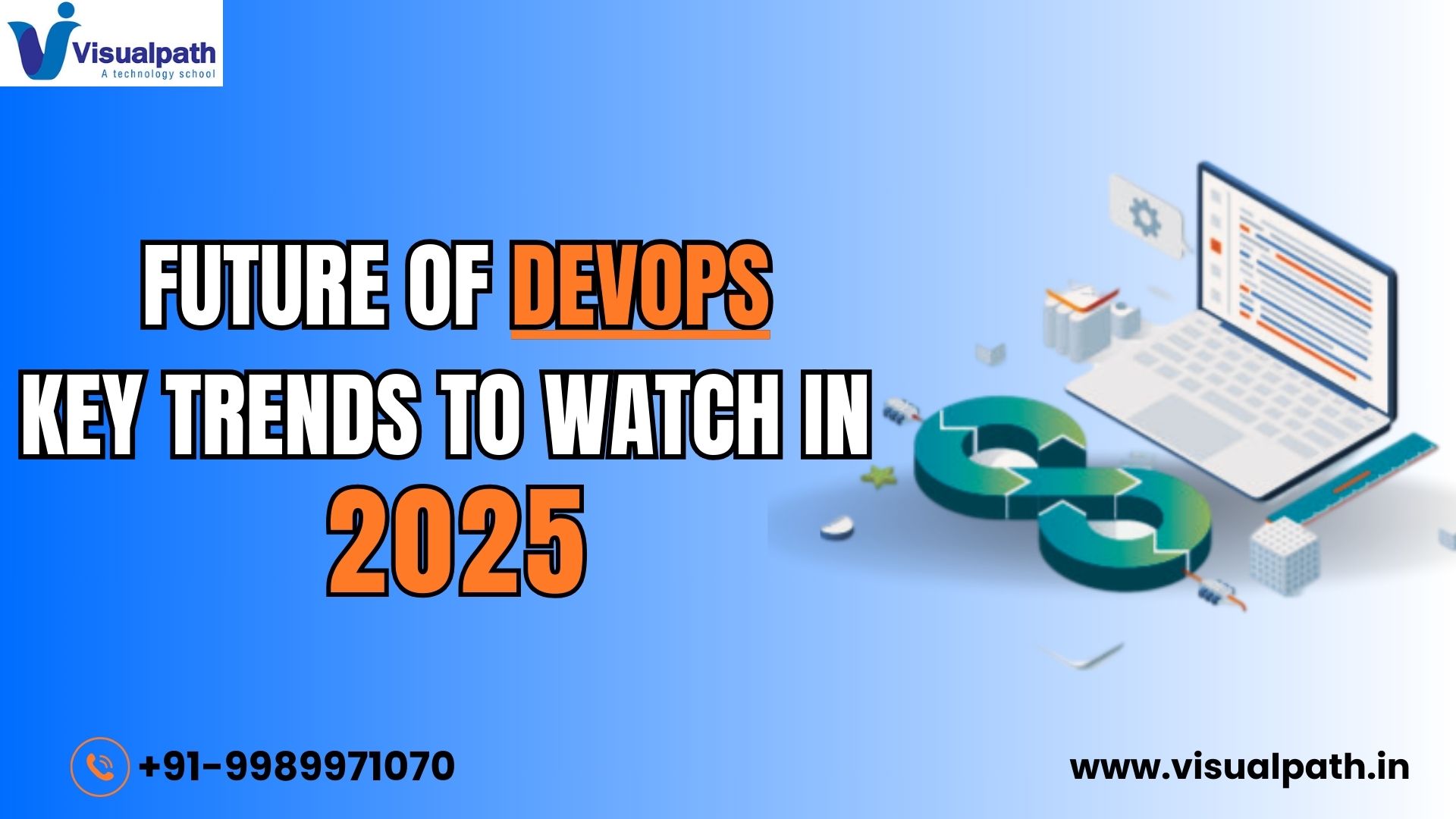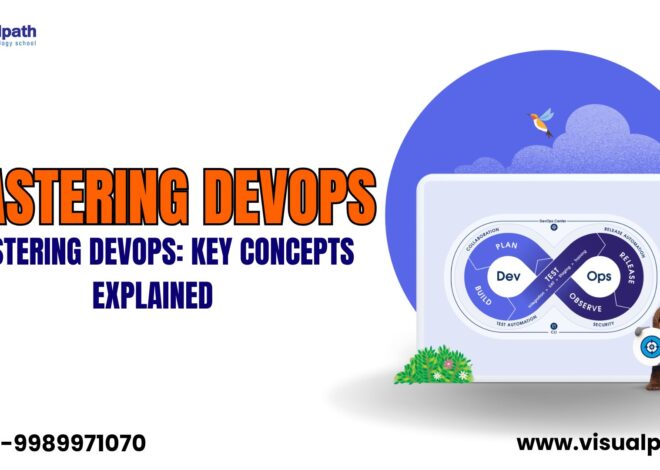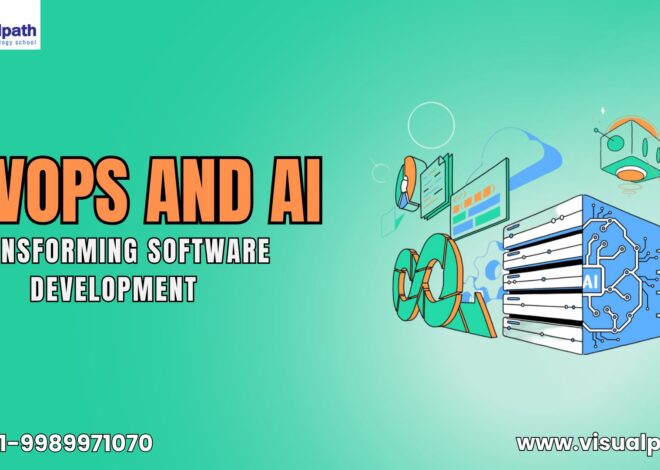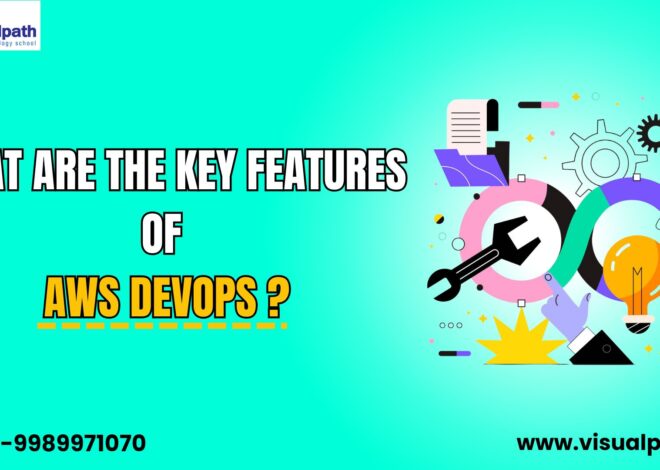AWS DevOps has transformed the way software development and IT operations function, enabling faster, more reliable, and scalable solutions. As we move into 2025, the evolution of DevOps continues, with emerging trends shaping its future. Organizations must stay updated with these trends to maintain efficiency, security, and agility. Here are the key DevOps trends to watch in 2025.
1. AI and Machine Learning in DevOps
Artificial Intelligence (AI) and Machine Learning (ML) are playing an increasingly crucial role in DevOps. AI-driven automation helps detect system anomalies, optimize CI/CD pipelines, and predict failures before they occur. Machine learning models can analyze vast amounts of operational data to improve deployment strategies, enhance monitoring, and accelerate root-cause analysis in case of failures.
2. GitOps for Automated Infrastructure Management
GitOps is gaining traction as a way to manage infrastructure and application deployments using Git as a single source of truth. By automating infrastructure provisioning, configuration, and application deployment through declarative code, GitOps enhances security, consistency, and rollback capabilities. Companies adopting GitOps can streamline operations, minimize human errors, and improve collaboration between development and operations teams. DevOps Training
3. Serverless Computing and DevOps
Serverless computing is becoming a preferred choice for deploying applications without worrying about infrastructure management. Platforms like AWS Lambda, Google Cloud Functions, and Azure Functions allow developers to focus on writing code while cloud providers handle resource allocation. DevOps teams are incorporating serverless architectures to enhance scalability, optimize costs, and simplify deployment pipelines.
4. DevSecOps: Security First Approach
With cyber threats on the rise, integrating security into the DevOps lifecycle—known as DevSecOps—has become essential. Security tools and automated vulnerability scanning are now embedded within CI/CD pipelines to detect issues early. Organizations are adopting security-as-code practices, ensuring compliance and secure deployments without slowing down development cycles.
5. Edge Computing and DevOps
The rise of edge computing, where data is processed closer to the source rather than centralized cloud servers, is pushing DevOps teams to rethink deployment strategies. DevOps practices now include edge-native application management, monitoring distributed infrastructures, and ensuring minimal latency in deployments. Edge computing is particularly relevant for IoT applications and industries requiring real-time processing. AWS DevOps Training
6. Infrastructure as Code (IaC) Expansion
Infrastructure as Code (IaC) has become a fundamental part of DevOps, enabling teams to manage and automate infrastructure through code. In 2025, the adoption of IaC tools like Terraform, Ansible, and AWS CloudFormation continues to grow. Companies are focusing on integrating IaC with GitOps and CI/CD pipelines to ensure seamless provisioning, configuration, and scaling of cloud infrastructure.
7. Cloud-Native DevOps Adoption
Cloud-native technologies such as Kubernetes, Docker, and microservices architecture are driving DevOps innovation. Organizations are shifting towards cloud-native DevOps practices to enhance agility, reduce costs, and improve resource utilization. Kubernetes is becoming the standard for container orchestration, allowing teams to deploy, scale, and manage applications efficiently.
8. Low-Code and No-Code DevOps
The demand for faster application development has led to the rise of low-code and no-code platforms in DevOps. These platforms enable non-developers to contribute to software development, reducing dependency on coding skills. DevOps teams are integrating these tools to automate workflows, improve collaboration, and accelerate deployment cycles.
9. Observability and Full-Stack Monitoring
Modern DevOps relies on observability tools that provide real-time insights into system performance, logs, and metrics. In 2025, organizations will adopt advanced observability solutions like OpenTelemetry, Prometheus, and ELK Stack to gain deeper visibility into their applications. AI-driven analytics will further enhance troubleshooting and proactive issue resolution. AWS DevOps Online Training
10. Hybrid and Multi-Cloud DevOps Strategies
With organizations embracing hybrid and multi-cloud environments, DevOps strategies must support seamless application deployment across multiple cloud providers. Enterprises are leveraging multi-cloud DevOps tools like Kubernetes Federation, Anthos, and Azure Arc to maintain consistent deployment processes, enhance resilience, and avoid vendor lock-in.
Conclusion
As we enter 2025, DevOps continues to evolve with cutting-edge technologies and methodologies. AI-driven automation, security integration, cloud-native development, and observability are shaping the future of DevOps. Organizations that embrace these trends will enhance efficiency, security, and scalability in their software delivery pipelines, staying ahead in the competitive digital landscape.
By adopting these key trends, businesses can ensure that their DevOps practices remain agile, efficient, and ready for the future.
Visualpath is the Leading and Best Software Online Training Institute in Hyderabad.
For More Information about AWS DevOps Training
Contact Call/WhatsApp: +91-7032290546
Visit: https://www.visualpath.in/online-aws-devops-training.html




